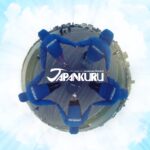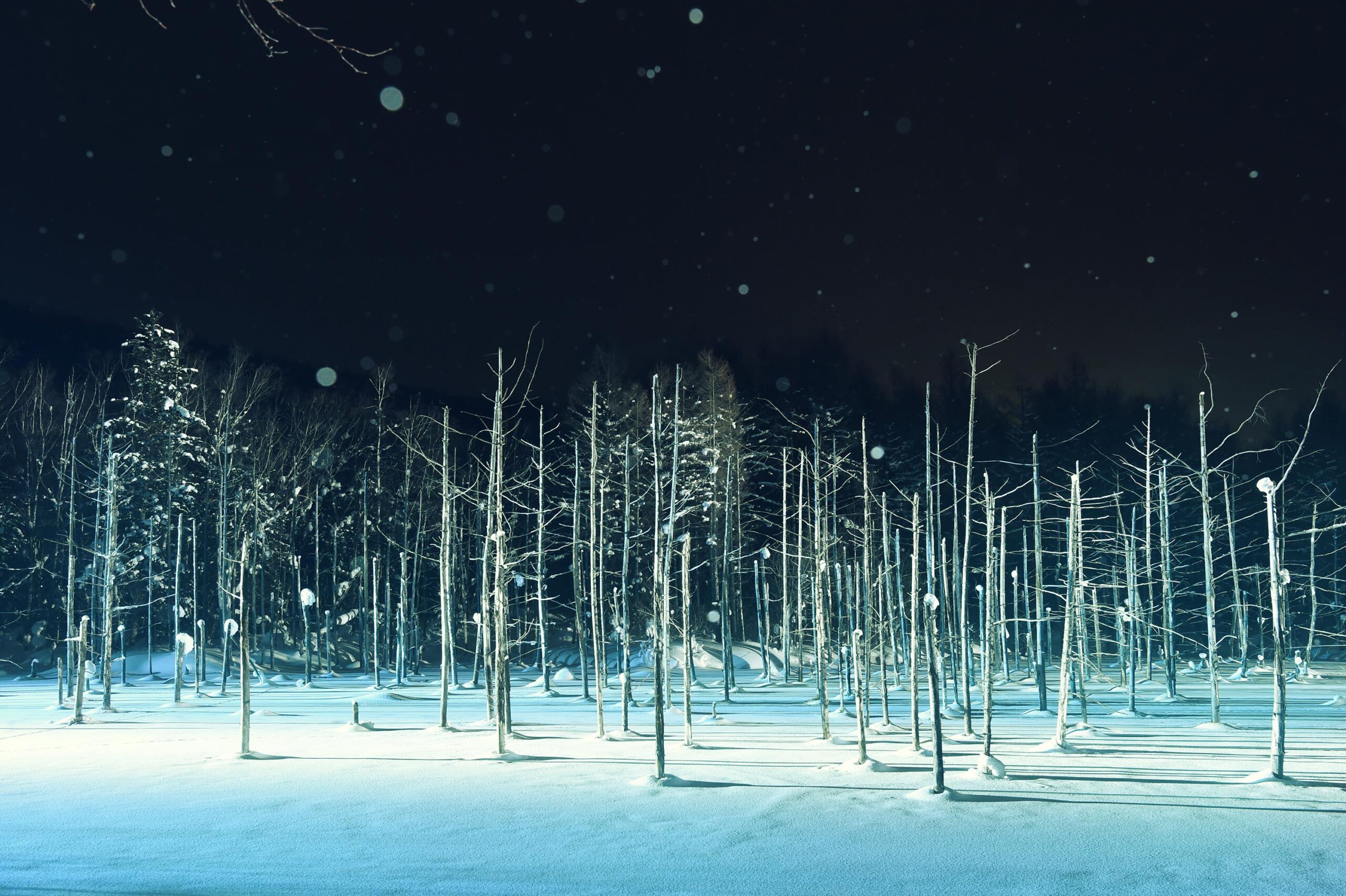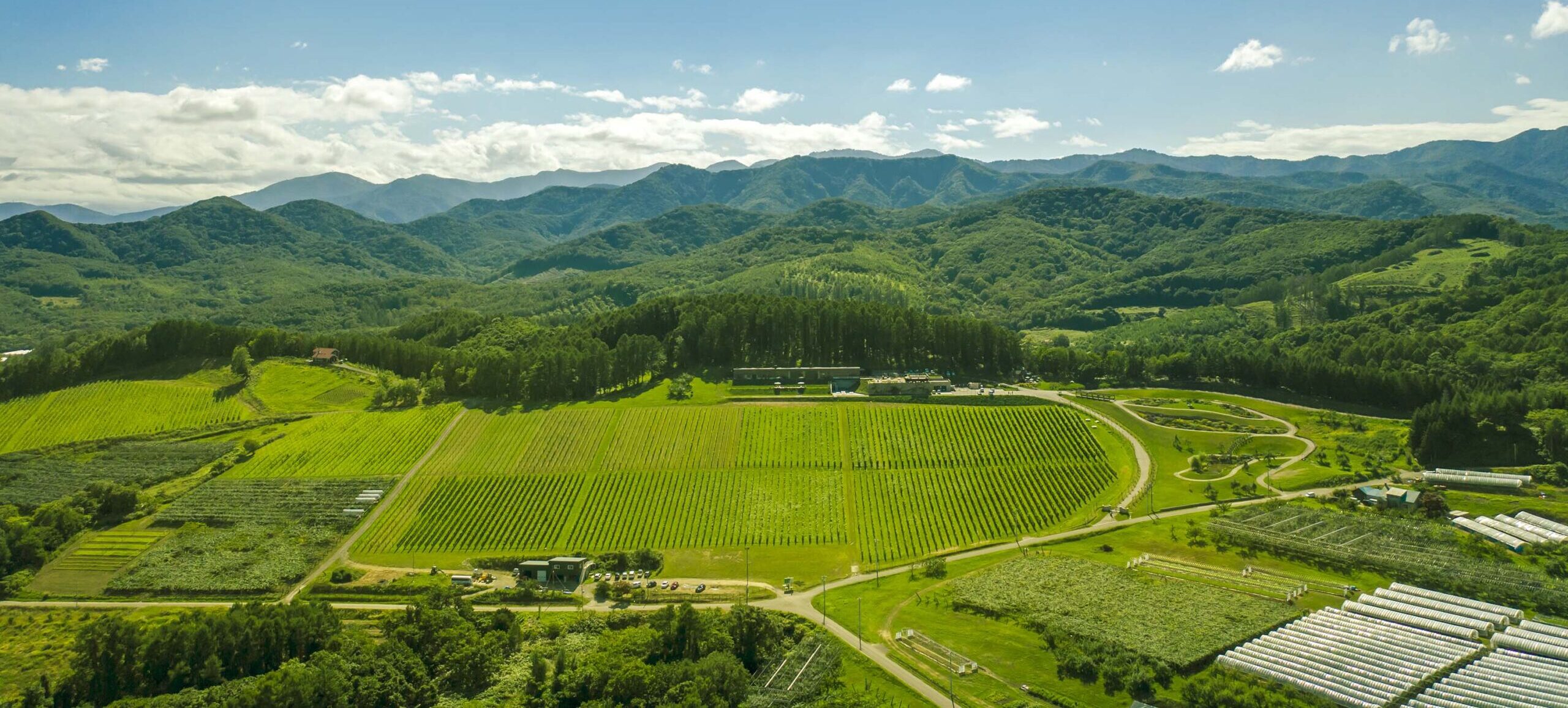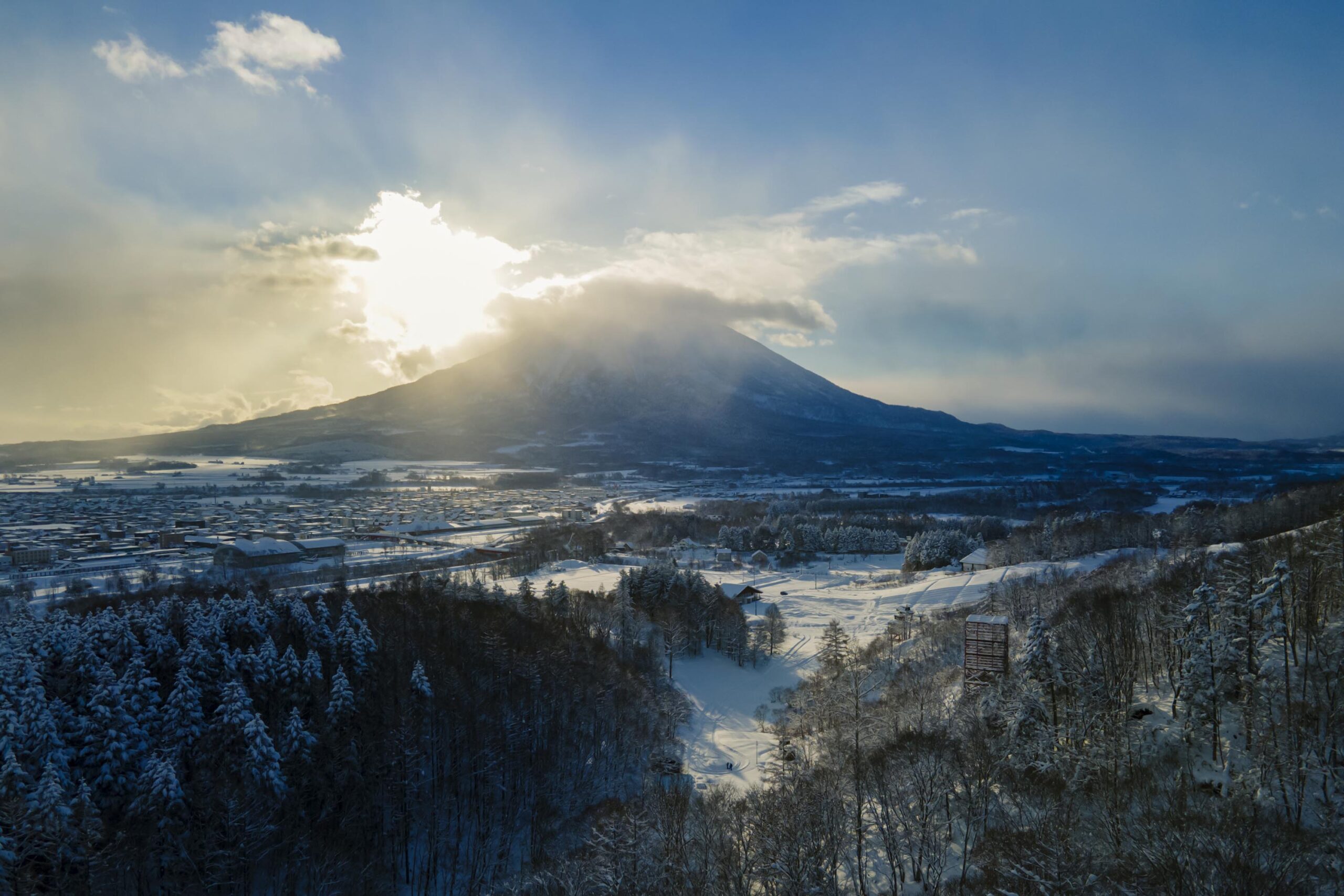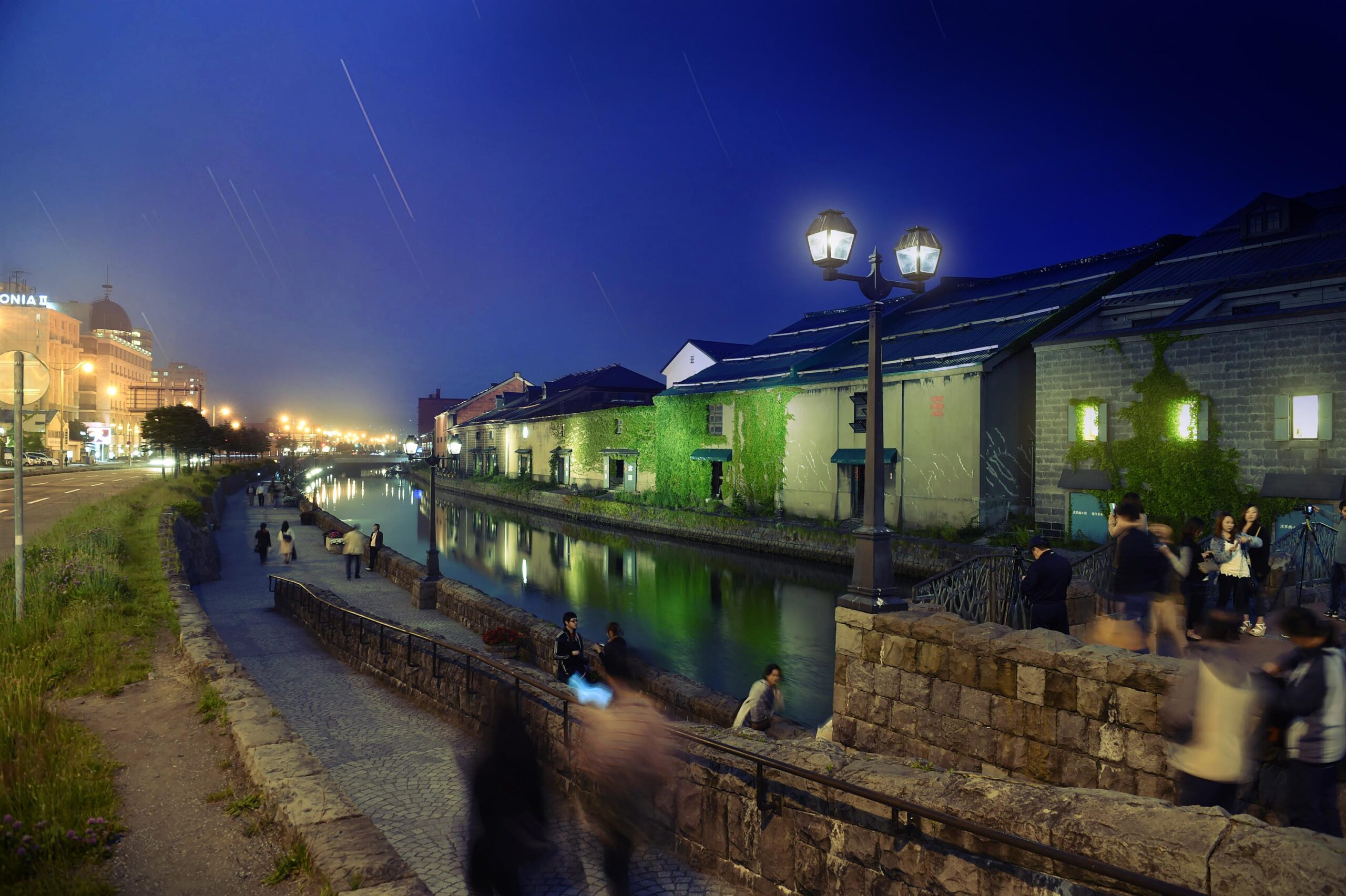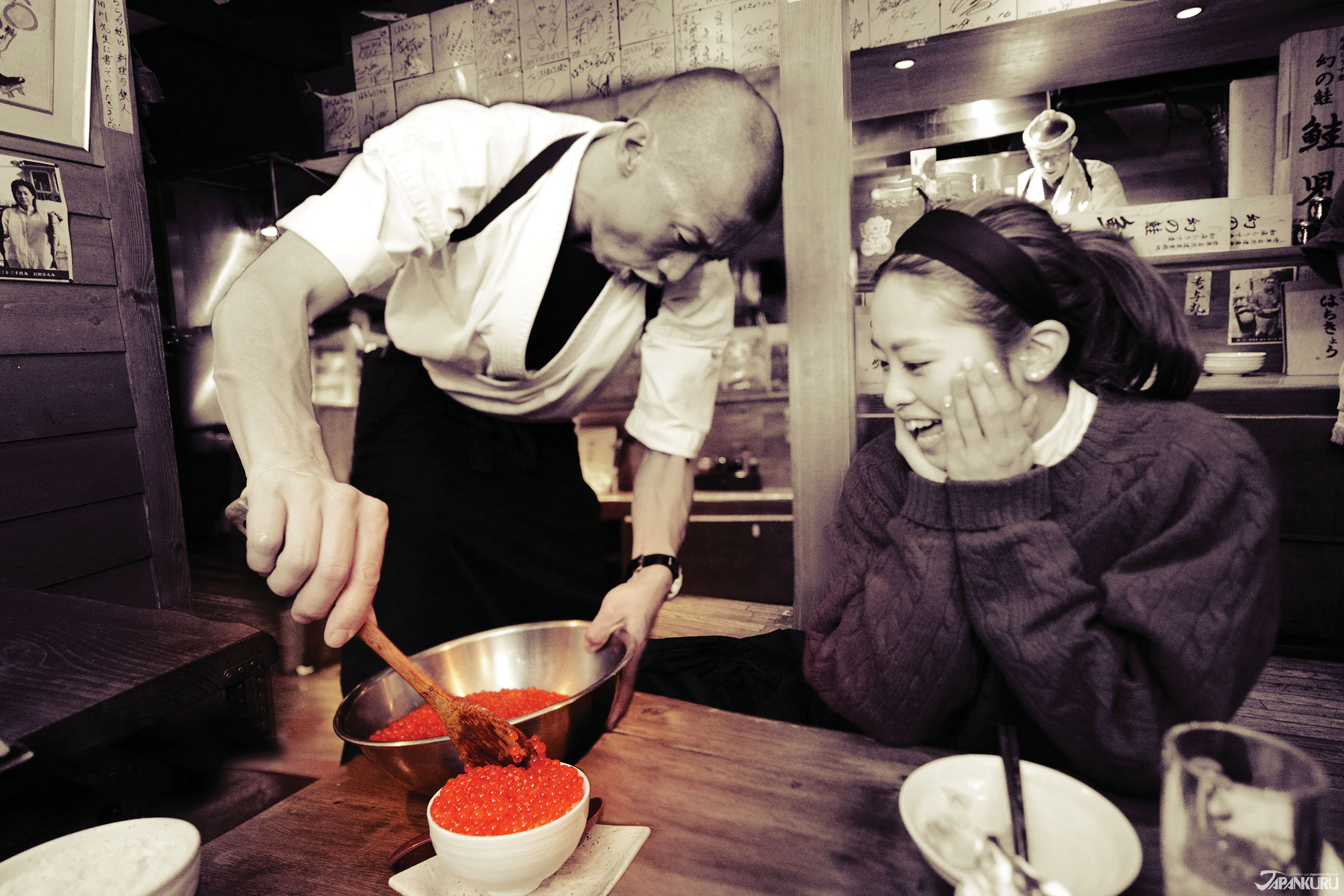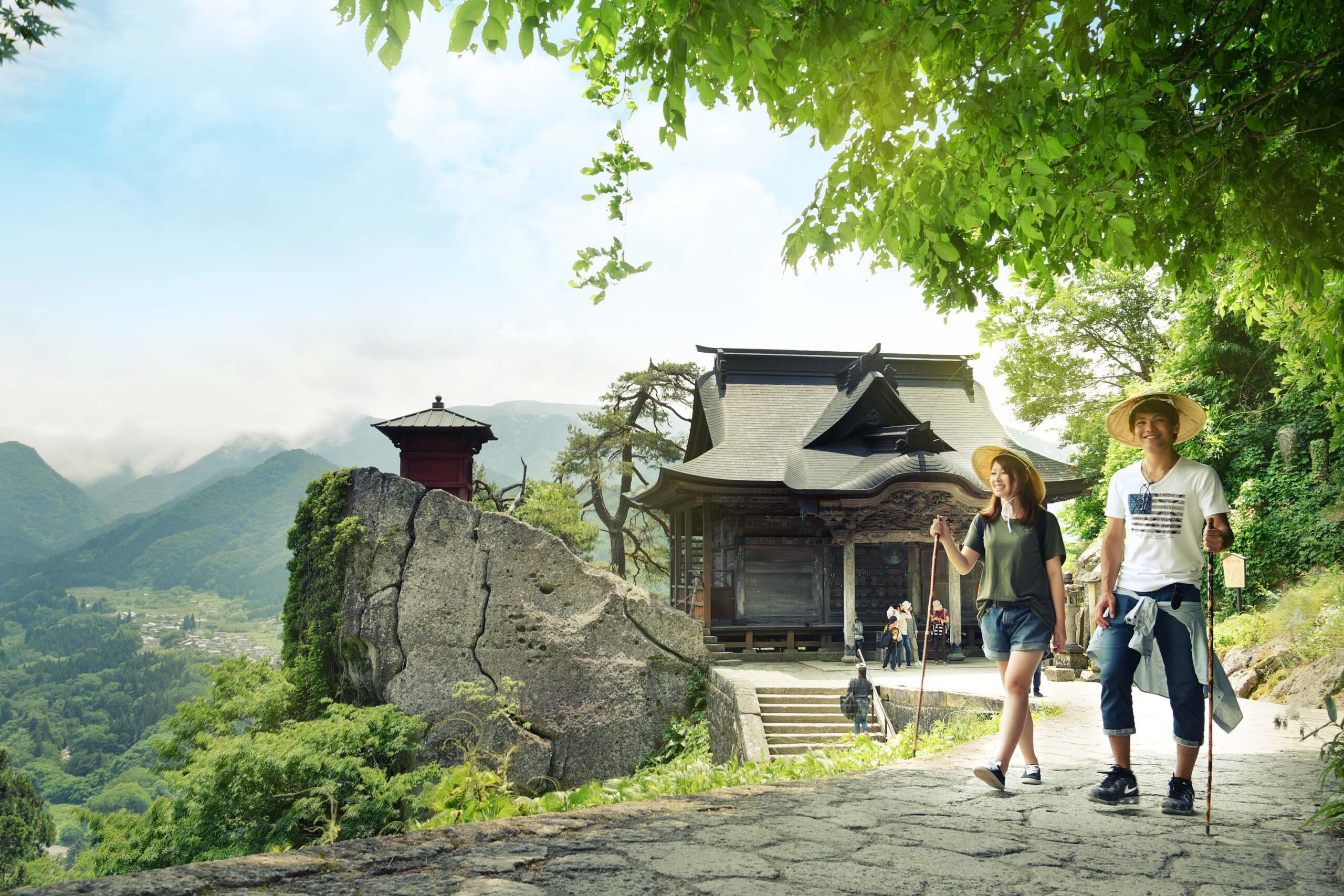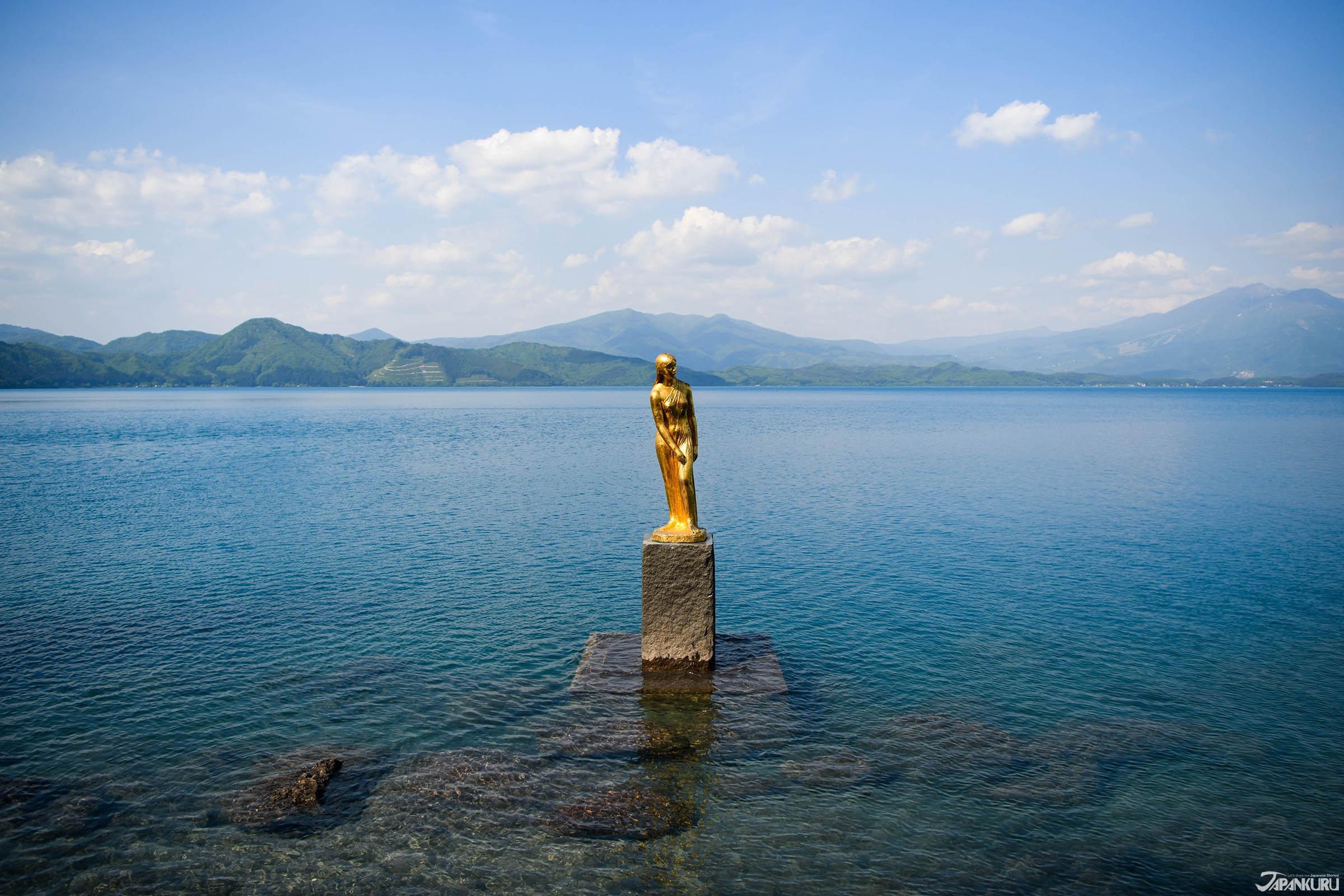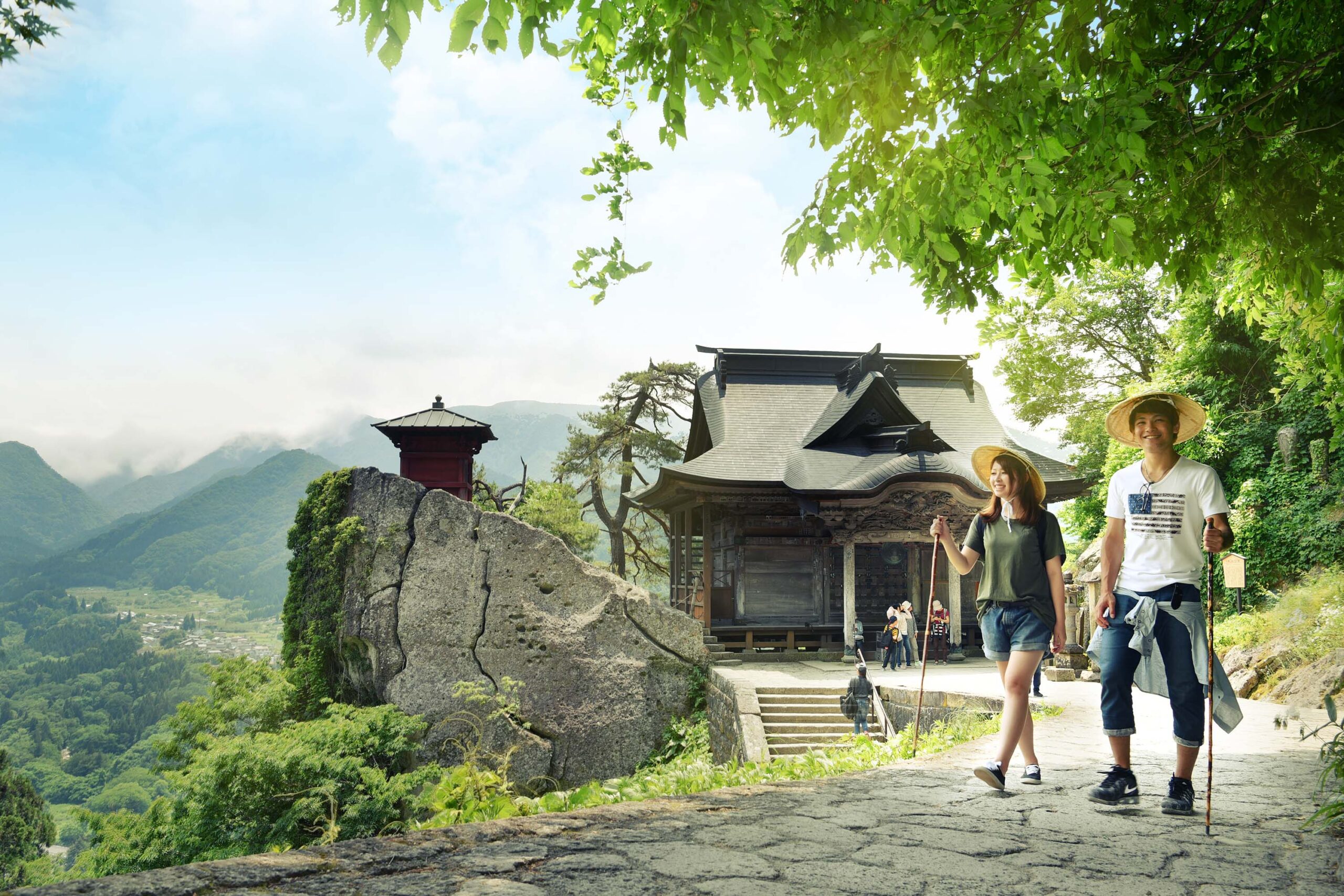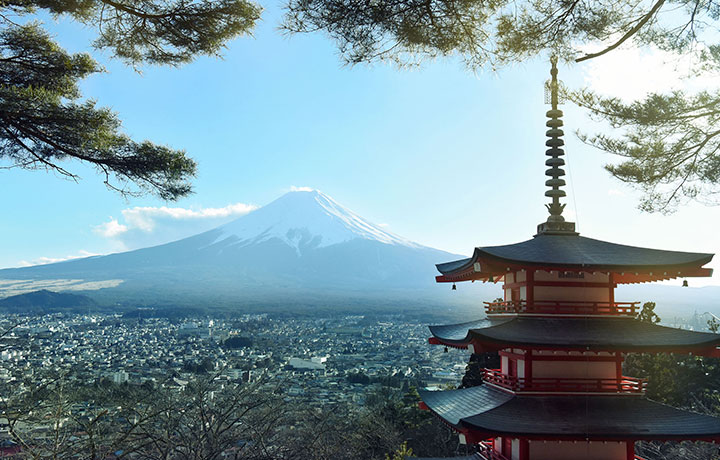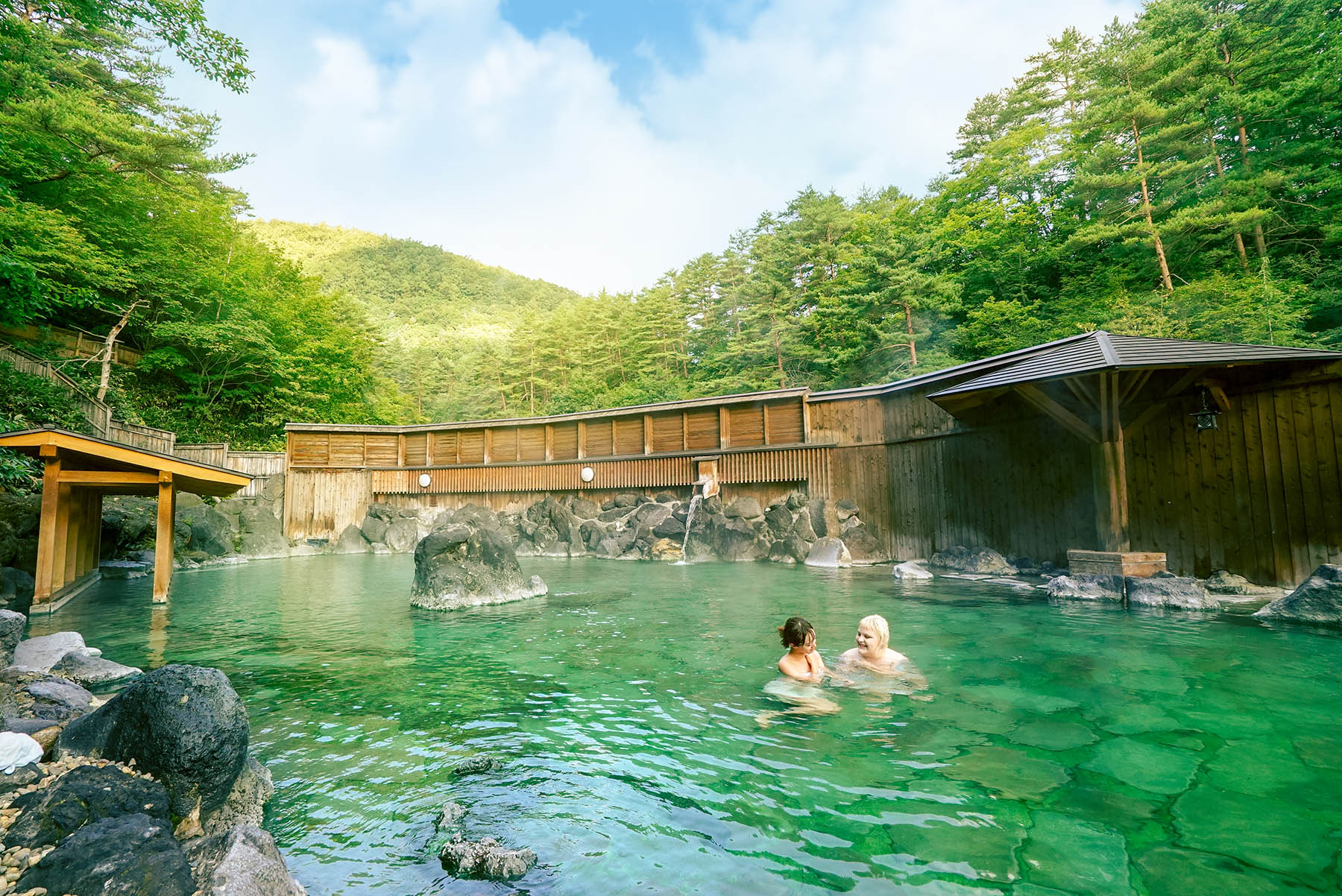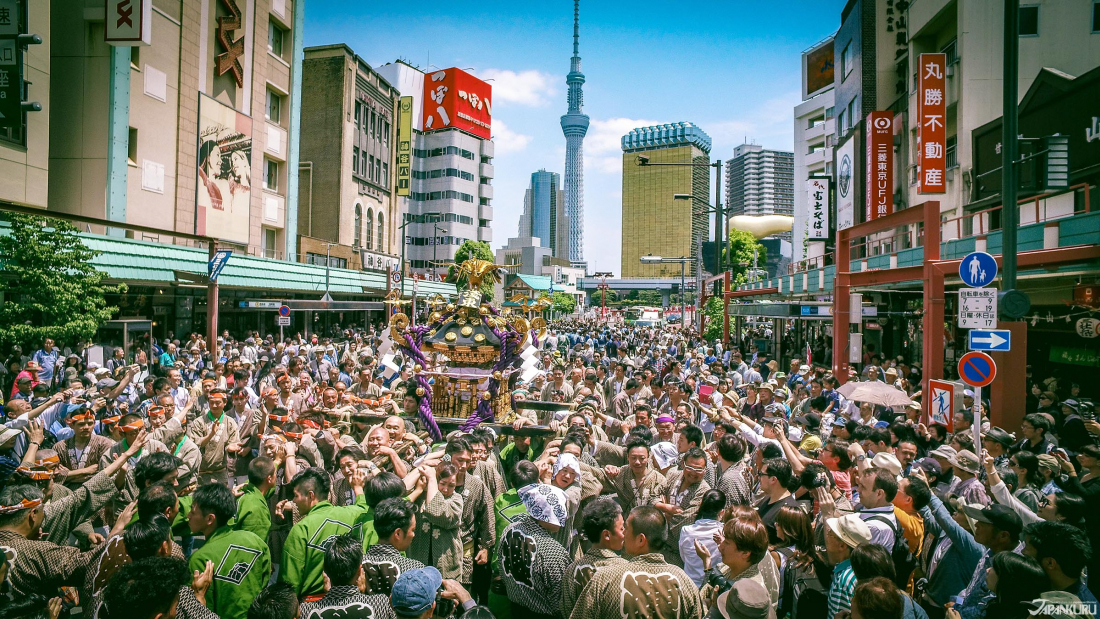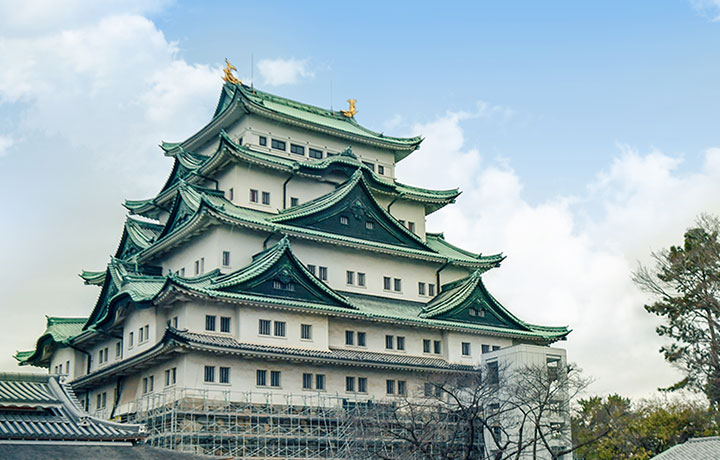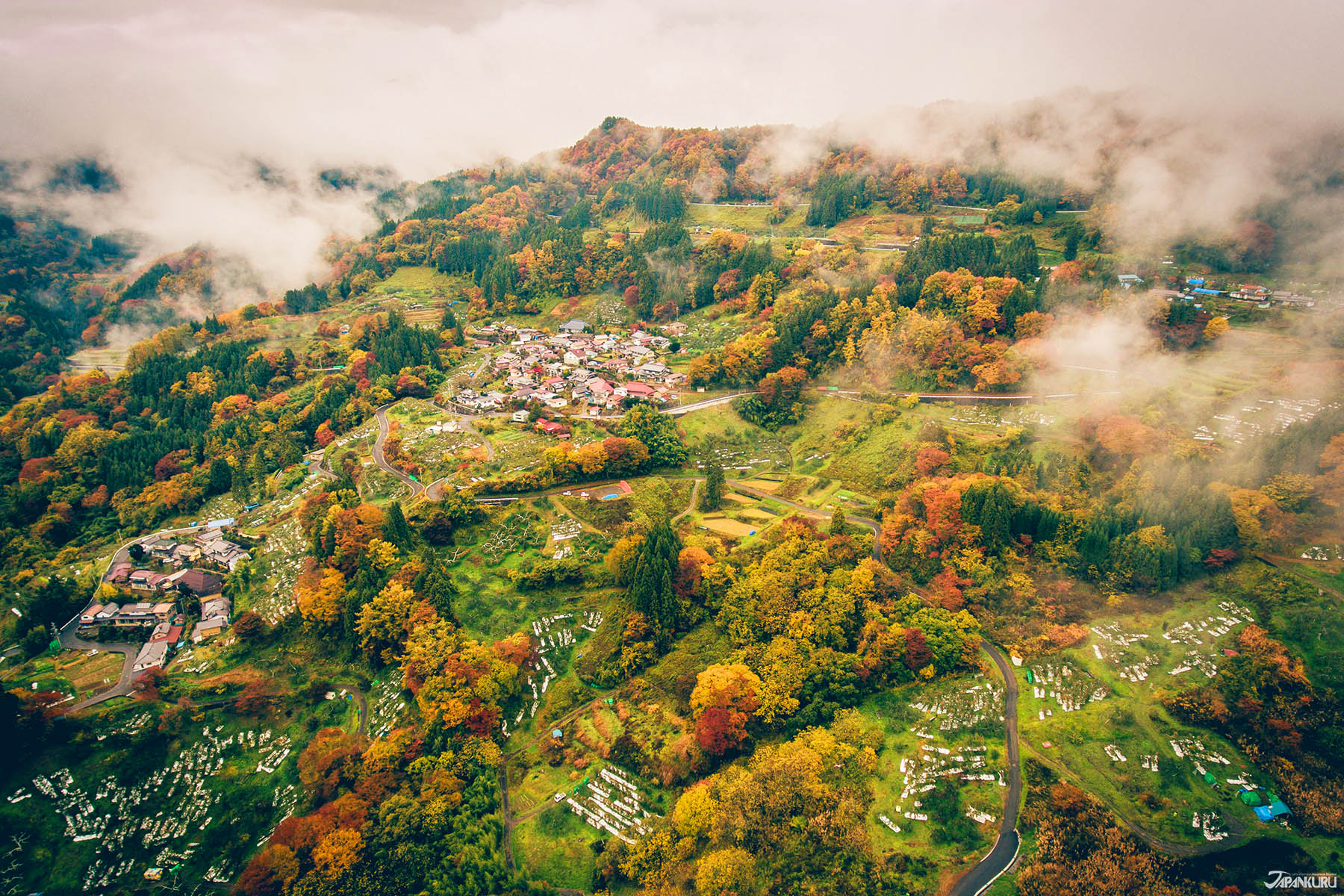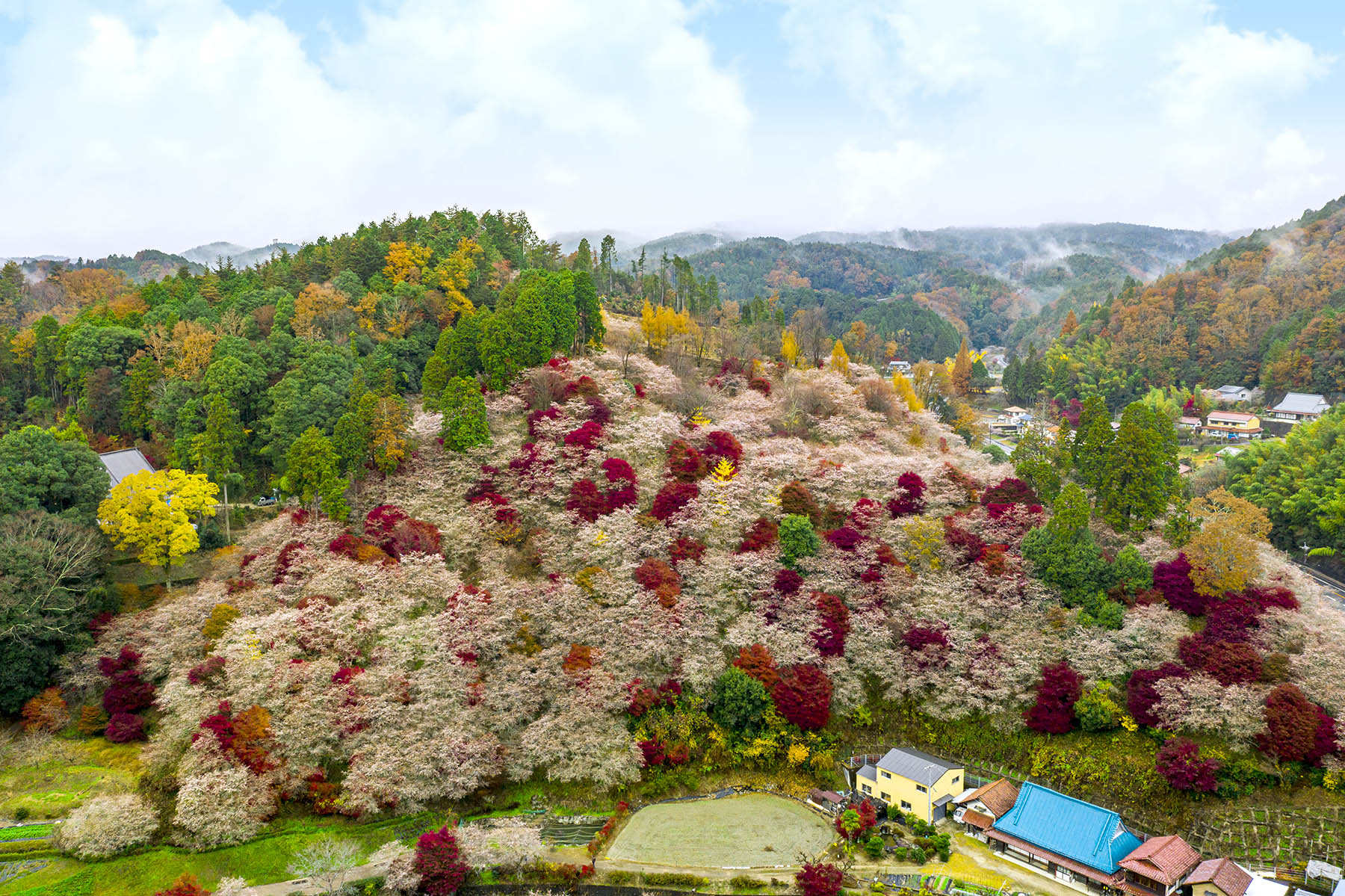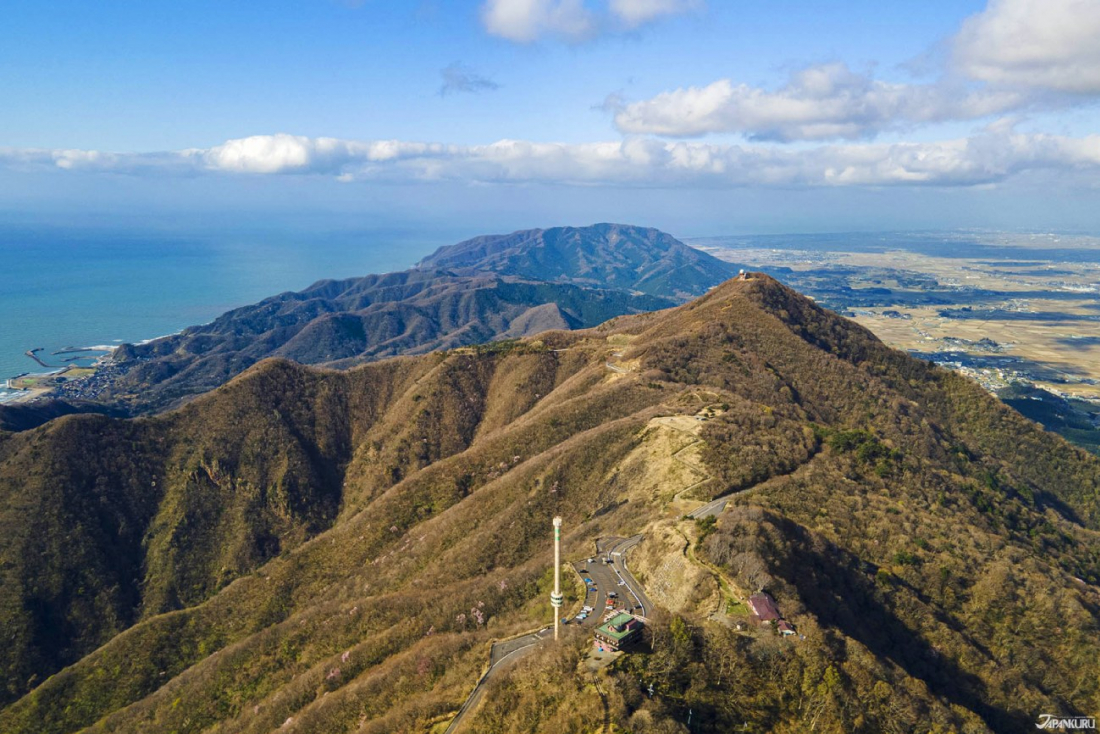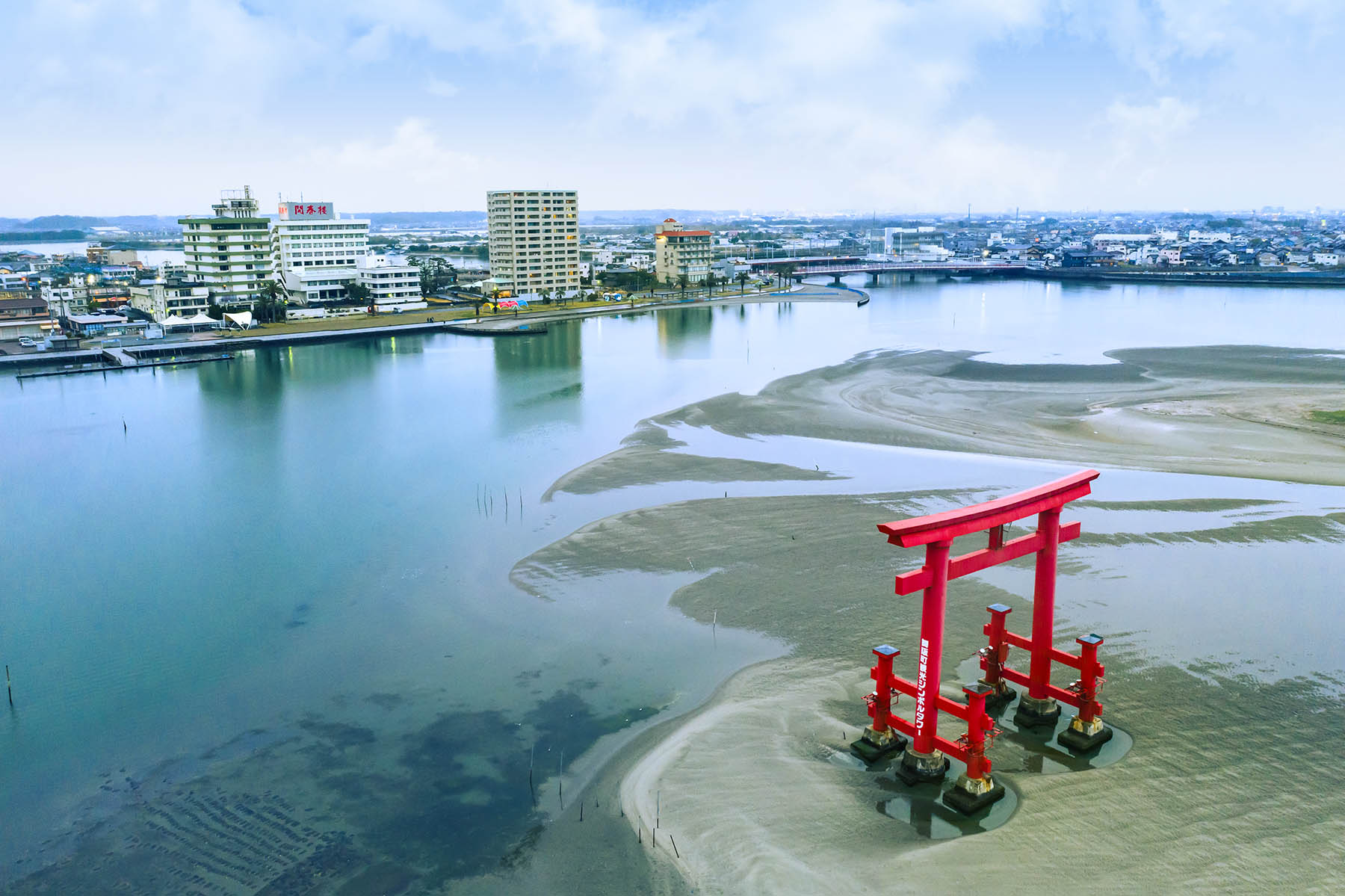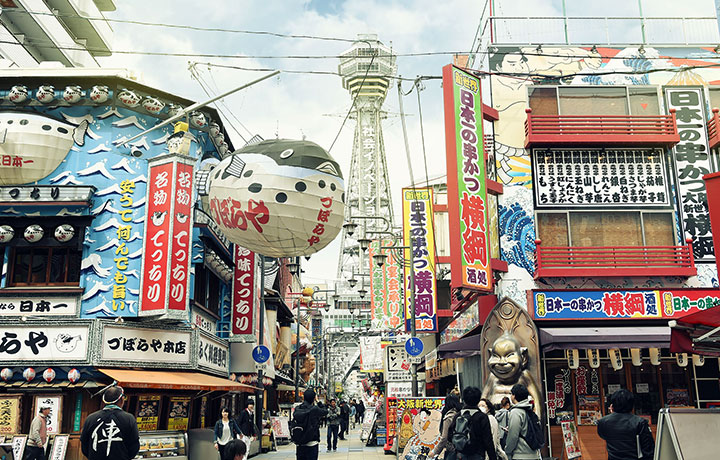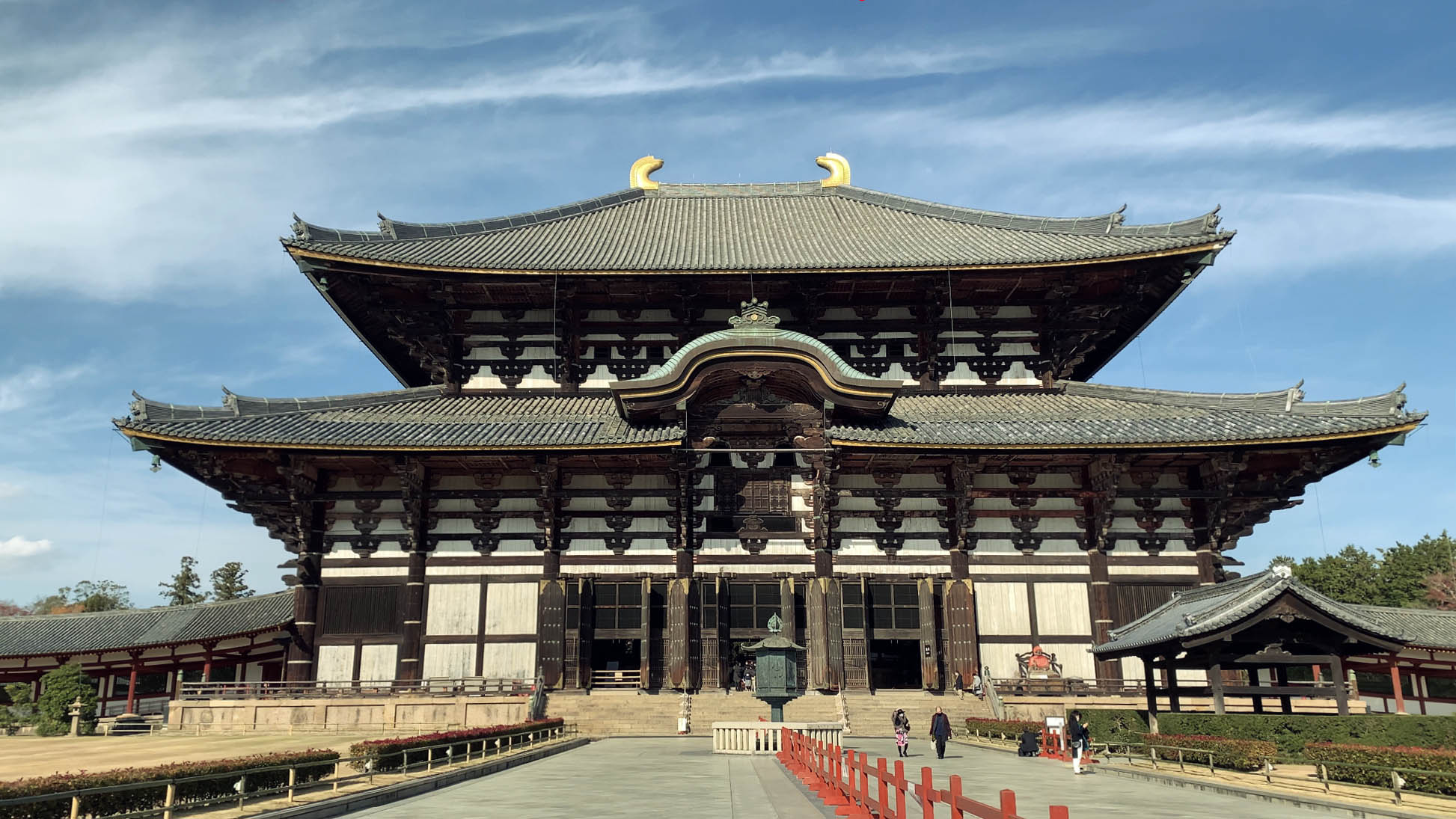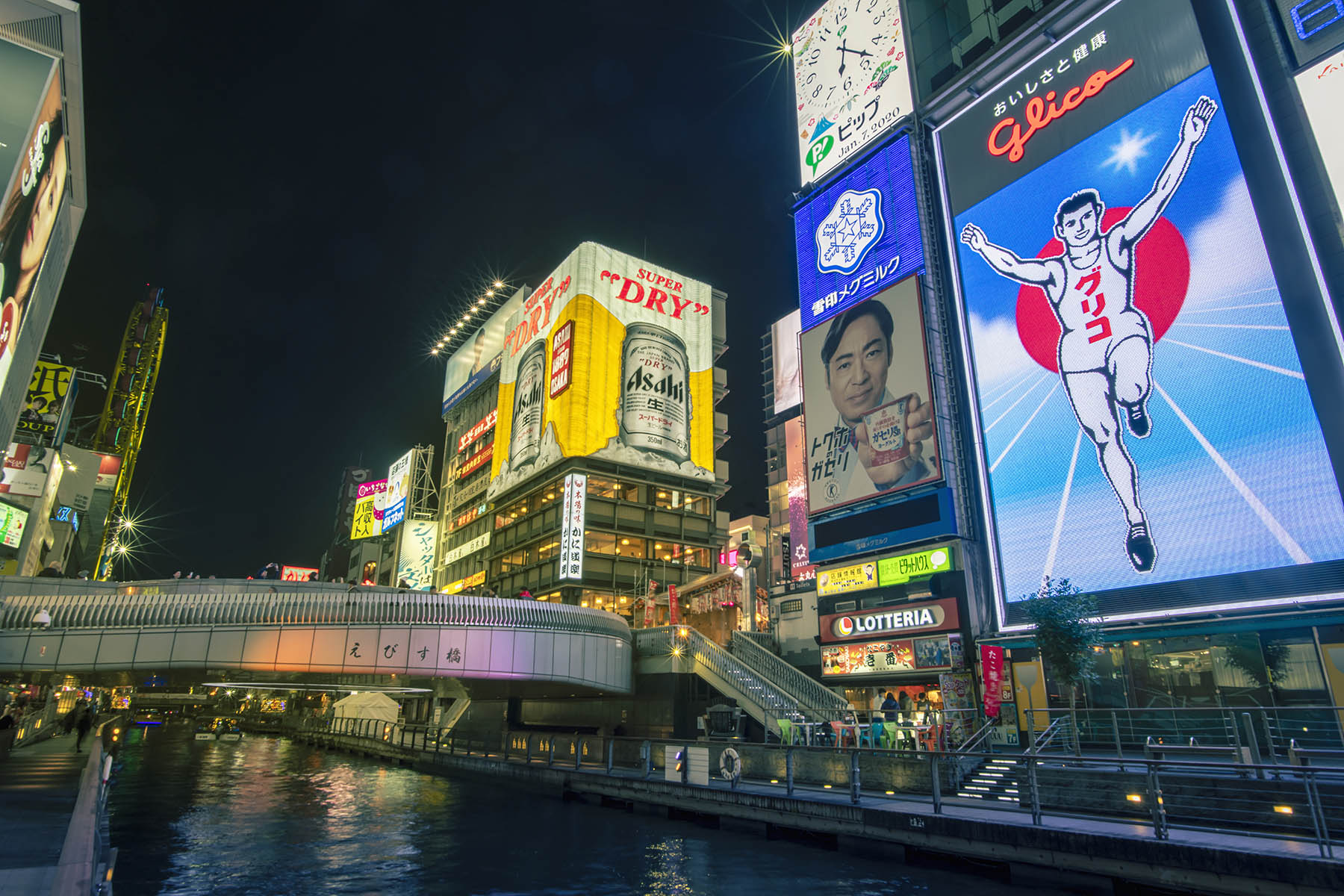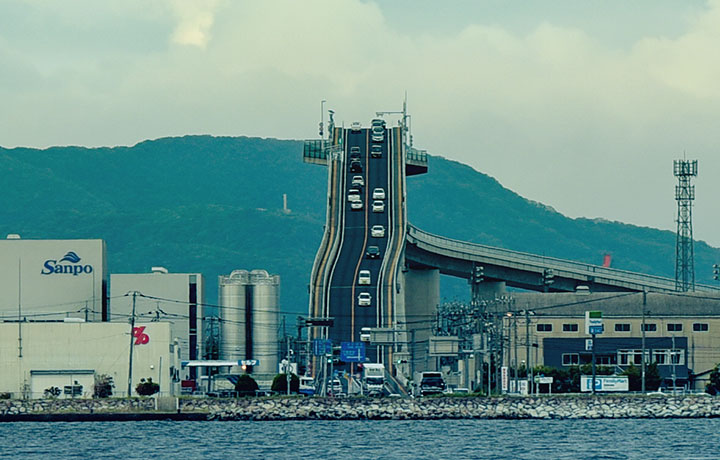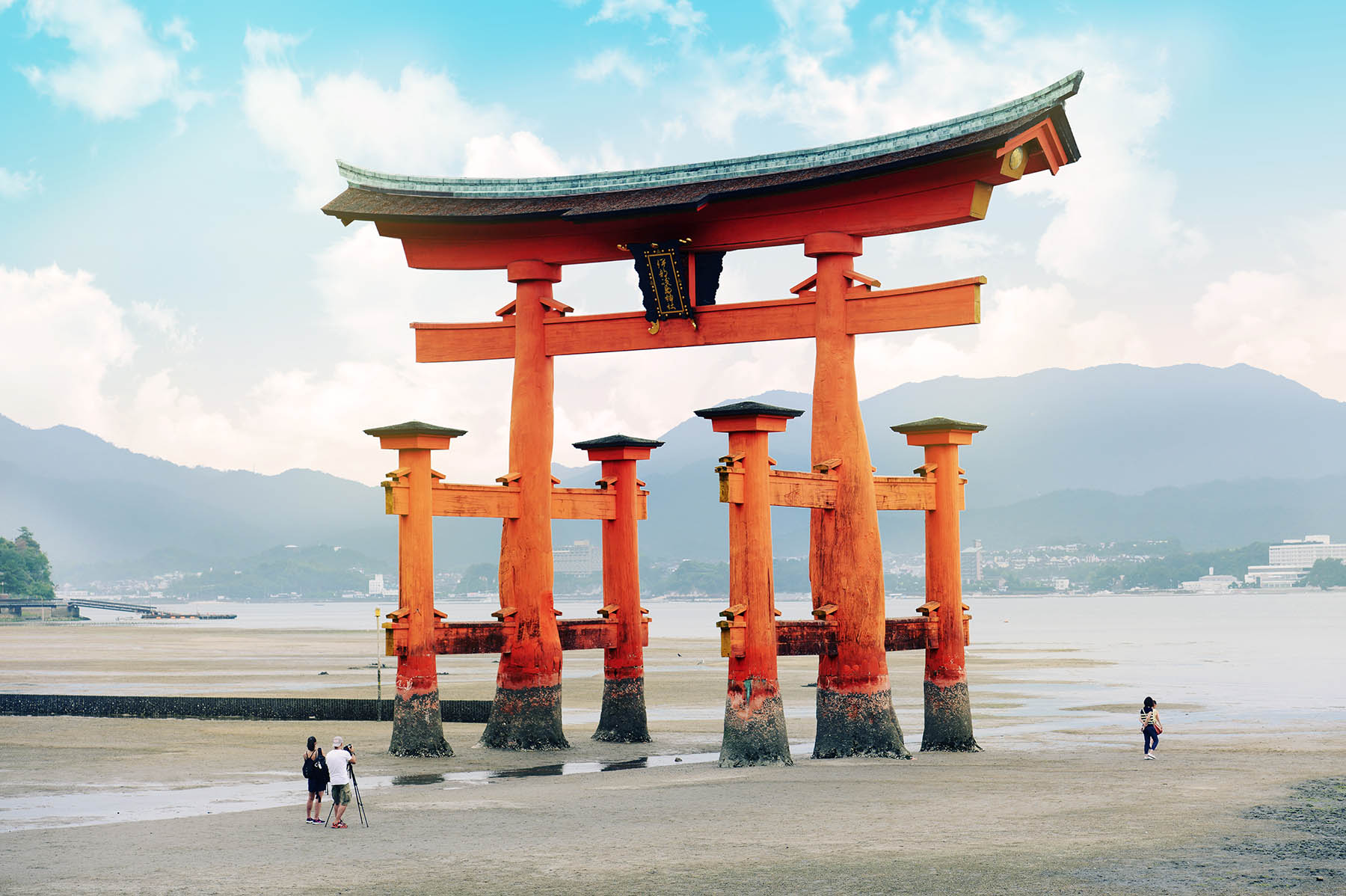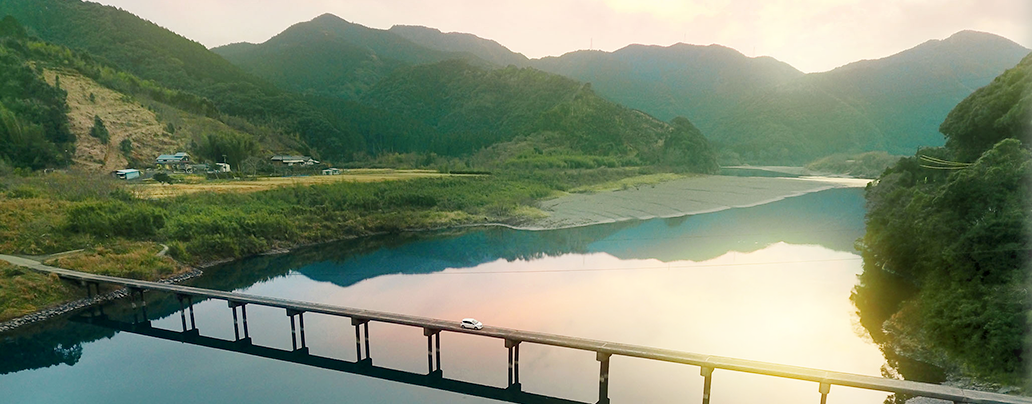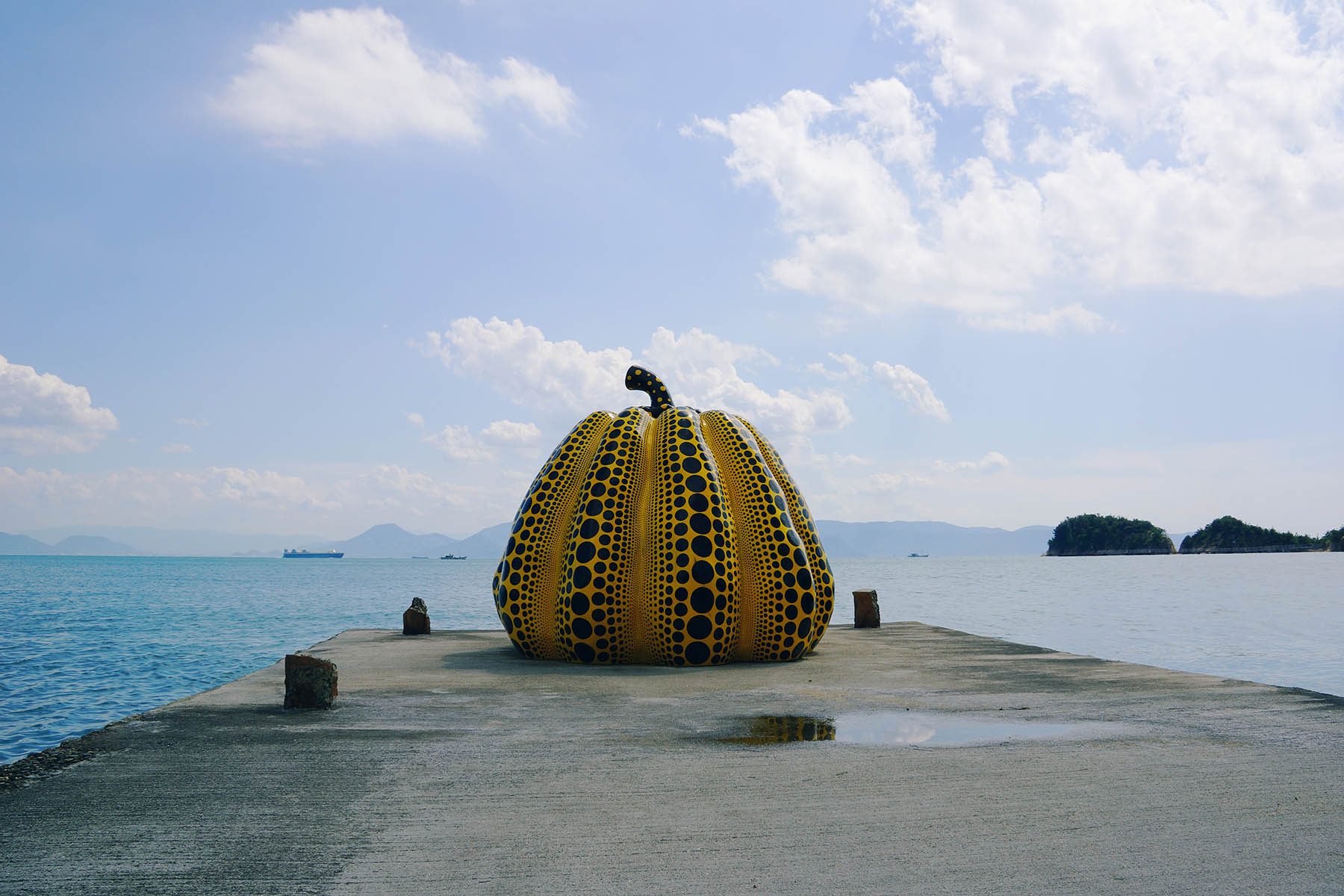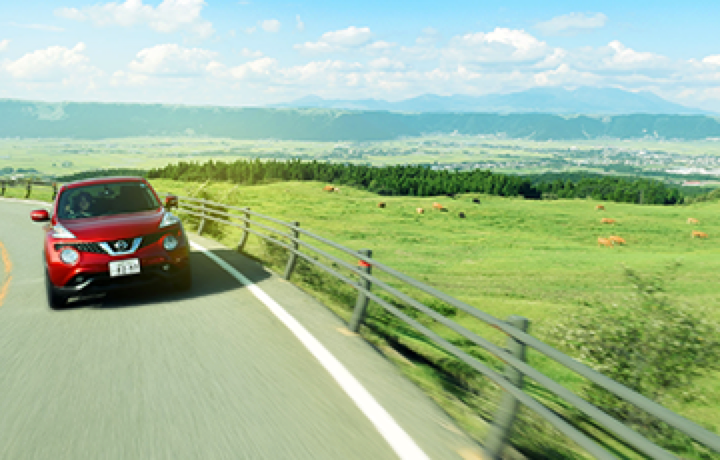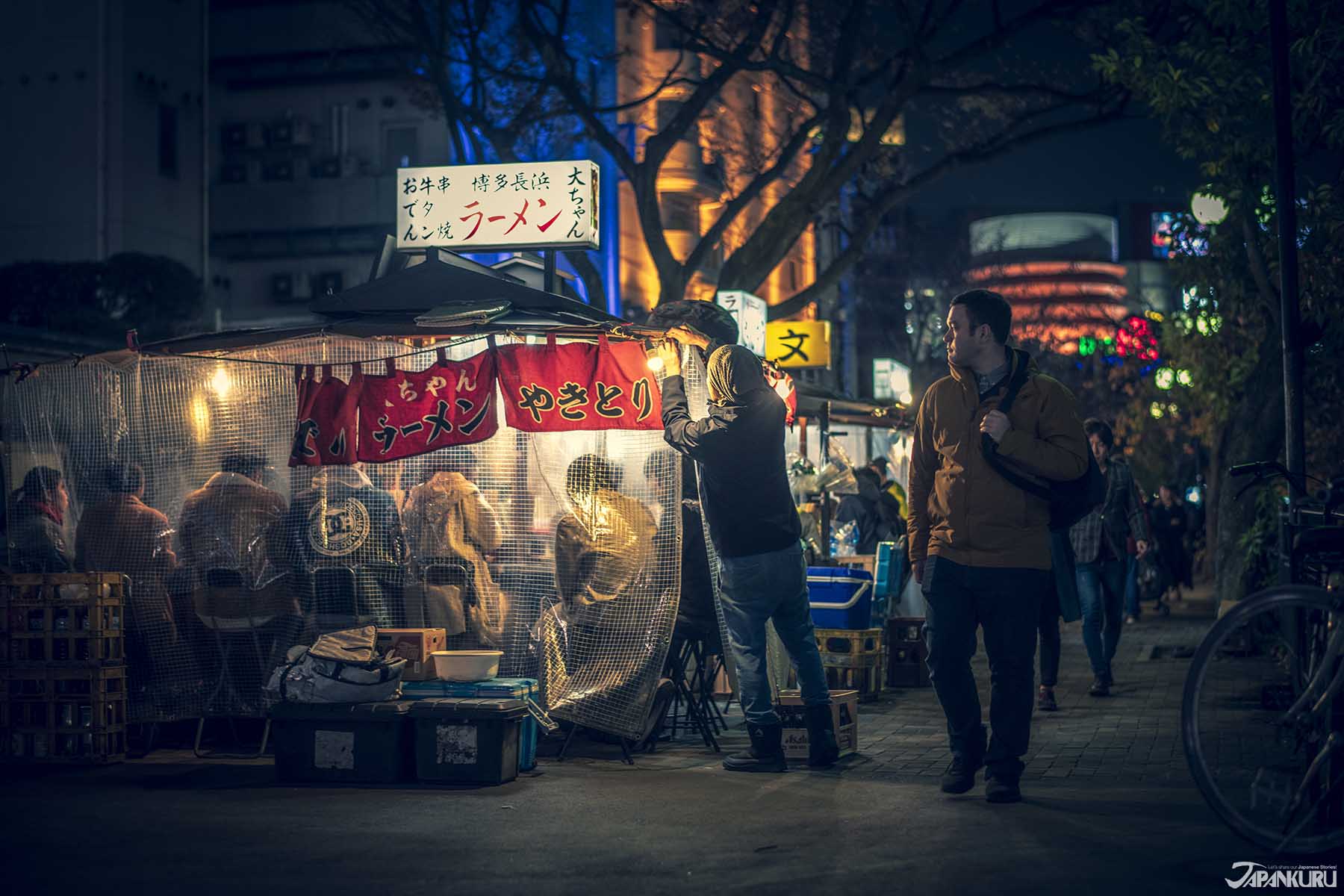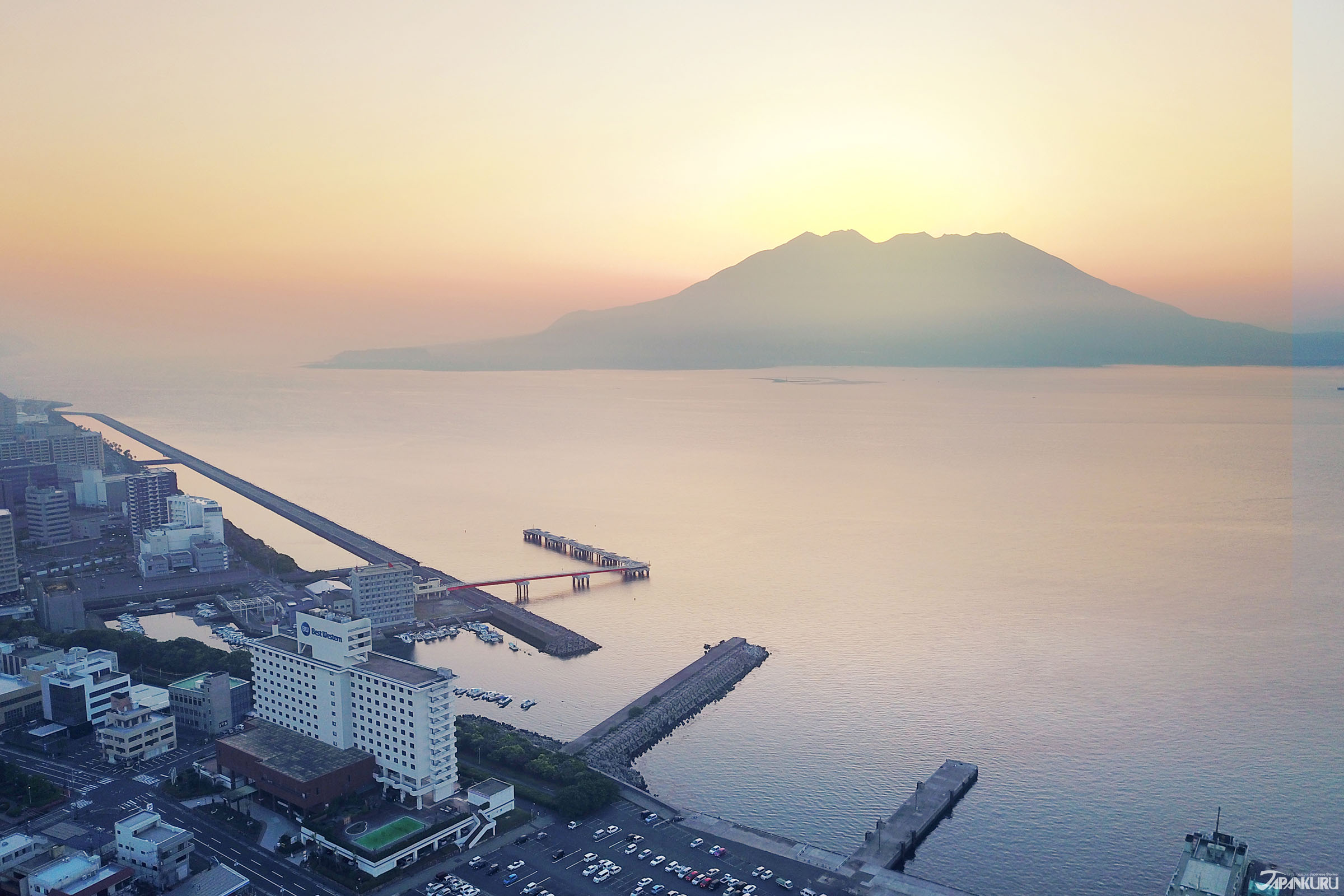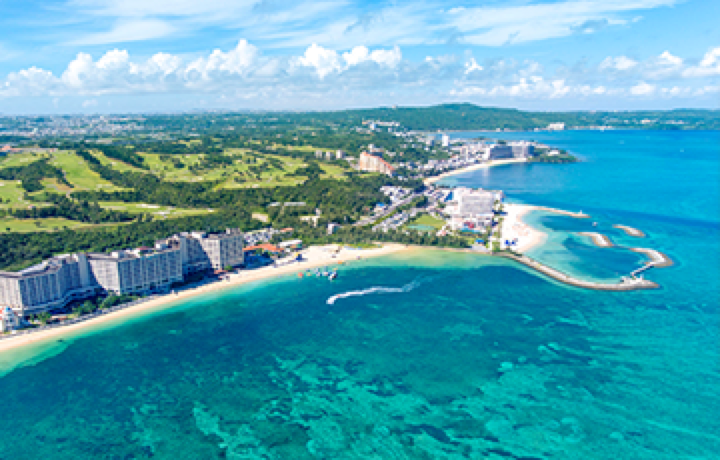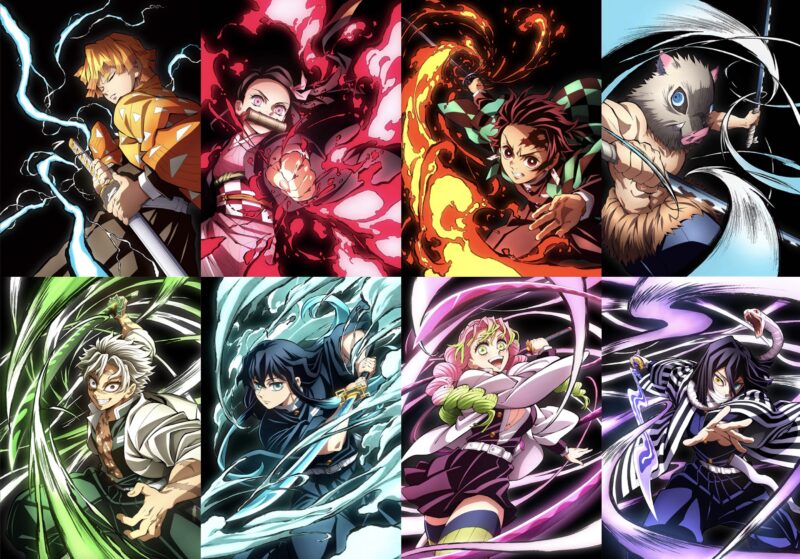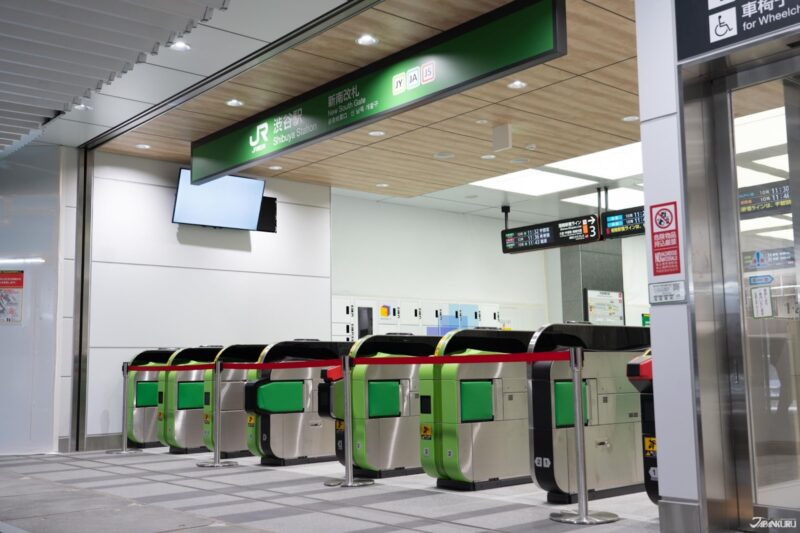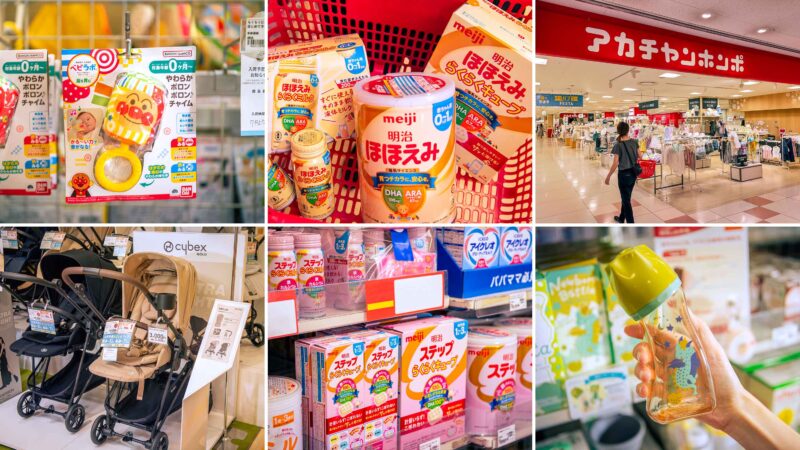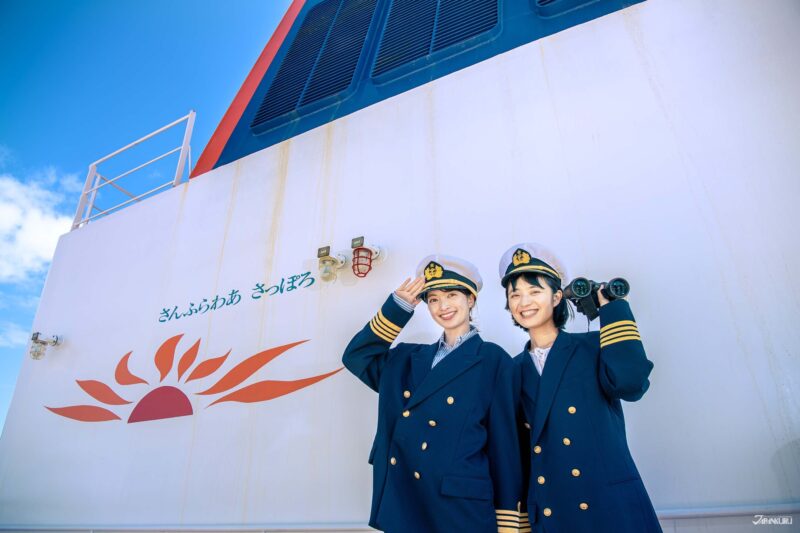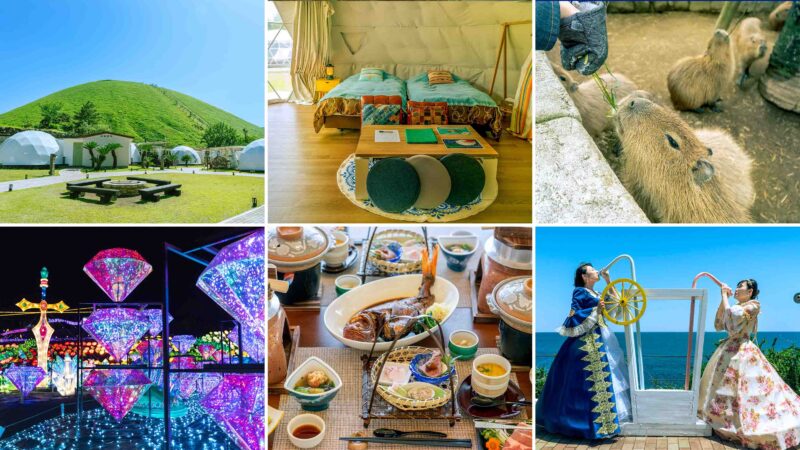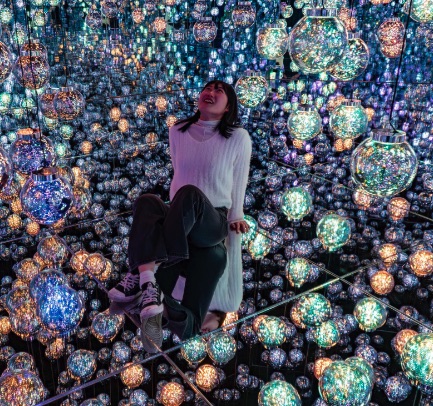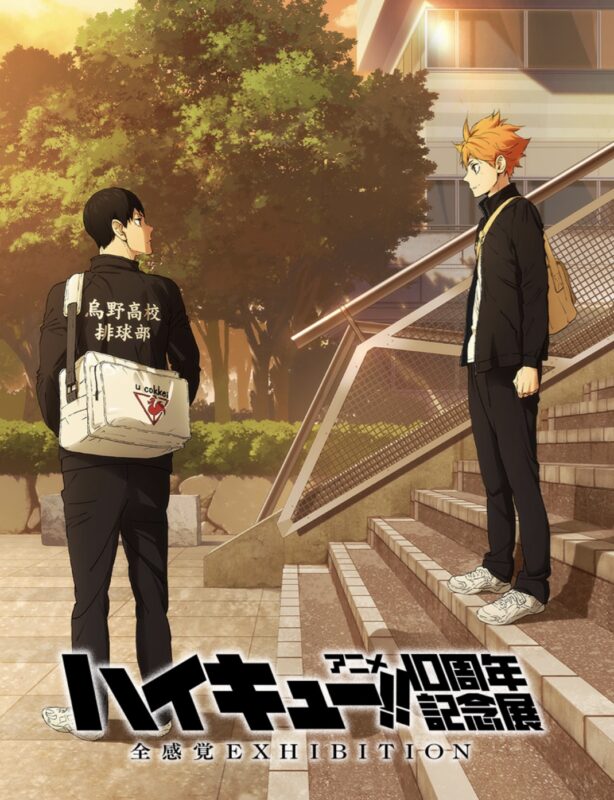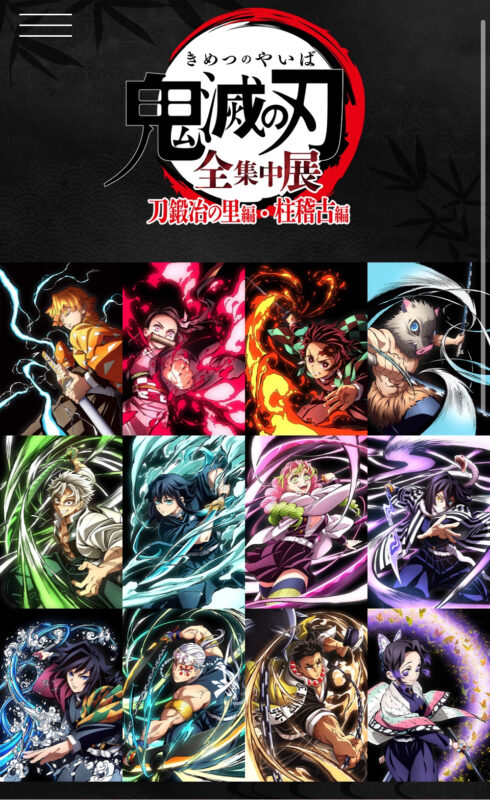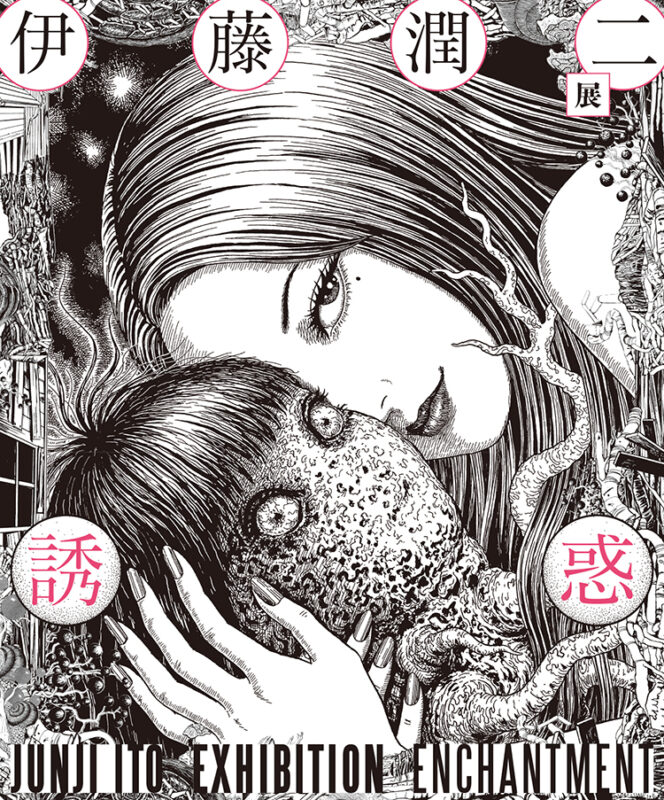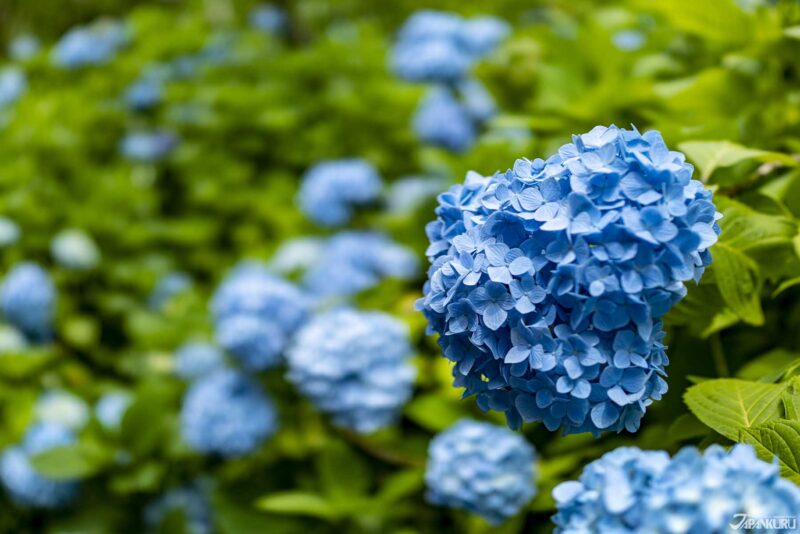
CONTENTS
Like the spring sakura, Japan’s summer flowers are just waiting to be enjoyed on a sunny summer outing!
The seasonal beauty of nature is a big part of Japanese culture, and plenty of Japanese traditions and celebrations revolve around the changing of the seasons, including all the joys of Japan's sunny, humid summer. One of the most famous of the country's seasonal traditions is hanami (花見), which is thought of as a spring event, and the word is frequently translated into "cherry blossom viewing" in English. But really, hanami means "flower viewing," and people around Japan actually enjoy hanami all throughout the year! Spring picnics under the cherry trees are lovely, but so are summer strolls through the tall sunflower stalks, and adventures to the lavender fields of Japan's north. So if you're in Japan and ready to enjoy the summer, don't worry about missing cherry blossom season – here are a handful of other great ways to make the most out of the summer and all the natural beauty it has to offer!
① Azaleas (つつじ) ・ May
On the edge of spring and summer, the May blooming season of Japan's azaleas is not only ideal for any travelers who are disappointed to have missed the year's cherry blossom – it's also an ideal time to enjoy the warm weather in Japan before it gets humid! Azaleas have been popular decorative plants in Japan for a long time, and there's evidence to show that the flowers have been cultivated in Japan and China before they became common in Europe! To this day, the bright, bold flowers bloom in vivid pinks and reds in Japanese gardens and parks, signaling the end of spring and the coming of summer.
While there's no one go-to azalea spot in Japan, there are plenty of famous gardens that feature the colorful flower bushes, like Hakone's colorful Hotel de Yama garden, and the azalea fields of Yahata. In among the mountains and hot springs of the Nasu area of Tochigi Prefecture, the Yahata Azalea Park is filled with azalea bushes so tall that they tower overhead, dwarfing passersby with clouds of vibrant pink petals. Plus, the Nasu area is a relaxing onsen retreat not far from Tokyo.
Yahata Azalea Fields (八幡ツツジ群落)
Yumoto, Nasu, Nasu District, Tochigi
② Hydrangeas (アジサイ) ・ June
Walk into any Japanese stationery store in May or June, and you'll find a whole shelf of cards decorated with the pretty pinks and periwinkles of Japan's hydrangeas, which are such an iconic symbol of the season that they dominate the season's greeting cards. Not only do they signal the start of summer, but hydrangeas are an innate part of Japan's rainy season. At the beginning of the summer, Japan experiences a series of extra drizzle-filled weeks, and the hydrangeas petals glisten in the rain as a bright point during a somewhat dreary part of the year.
Many of the most popular hydrangea viewing spots in Japan are on the grounds of religious sites, in shrine gardens and surrounding Buddhist temples. In Tokyo, Takahata Fudoson Kongo-ji Temple and Hakusan Shrine each draw crowds each summer, but the two spots are minor players compared to the hydrangea spots found in Kamakura and the neighboring island of Enoshima, where sightseers flock to Hasedera Temple (above), Meigetsuin Temple, Jojuin Temple, and many more local spots filled with the pretty pastels of hydrangea bushes.
Kamakura (鎌倉) / Enoshima (江ノ島)
Kamakura Station, 1-15 Onarimachi, Kamakura, Kanagawa
③ Lavender (ラベンダー) ・ July
While there are certainly no rules restricting the growth of lavender around Japan, there's no denying that the fragrant flowers have become a symbol of Japan's northernmost island, Hokkaido. Long after the enormous rush of travelers who arrive in Hokkaido to see the piles of sculpted snow and winter events, summer brings a smaller wave of sightseers, who come to Hokkaido for grassy meadows, the cool breeze, and fields of neatly tended lavender, which cover the gently rolling hills. Locals in Hokkaido started growing lavender more than a century ago, after learning that the climate would suit the purple plant, and the industry swelled after World War II as the area provided materials for Japanese fragrance manufacturers. Eventually, industrialization ended up putting an end to the agricultural cultivation, shrinking the lavender fields and the scale of the industry, turning it all into a tourist attraction – still quite popular to this day.
For the full Hokkaido lavender experience, top of the list is the little city of Furano, affectionately nicknamed "Japan's Provence." The city has a number of lavender farms, including the popular Farm Tomita. For a limited time every summer, JR opens "Lavender Farm Station" and runs a special train line out to Furano, so visitors can take in the waves of purple flowers, taste the local lavender ice cream, and pick up plenty of lavender products to bring home and share the soft scent of the flowers.
Farm Tomita (ファーム富田)
15 Kisenkita, Nakafurano, Sorachi District, Hokkaido
④ Sunflowers (ヒマワリ) ・ July ~ August
Sunflowers first arrived in Japan back in the early 17th century, but the Edo-era (1603-1868) residents of the country actually responded without much enthusiasm for the big, bright flower. At the time, Japanese aesthetics favored little, dainty things, and the sunflower's bright yellow petals and large size were far too showy and bold to be tasteful. But times changed, and the sunny face of the sunflower quickly won over the hearts of the people. By the 1666 publication date of Japan's first illustrated encyclopedia, sunflowers were actually referred to as a popular plant! The book only helped to spread the flower's popularity, and now sunflowers truly are popular around Japan, often planted in enormous fields for sightseers to visit and freely wander through.
When it comes to a flashy flower like the sunflower, more is more, which has inspired the creation of attractions like the 2019 Sunflower Kingdom at APA Resort Joetsu Myoko, where "gardening magician" Kazuyuki Ishihara planned out a spectacular attraction with 27 different kinds of sunflower, and a million plants in total. Future openings of the Sunflower Kingdom are unclear, but travelers can still find sunflower fields all over Japan, particularly in Hokkaido and Yamanashi.
⑤ Fireworks!? (花火) 🎆 July ~ September
If you found fireworks on this list of summer flowers and wondered if the Japankuru team might be going a little crazy in the summer heat, then we've got a little Japanese lesson for you! The Japanese word for fireworks is "hanabi" (花火), which literally means "flower fire." Imagine the colorful explosion of a classic firework, and it's hard to deny the similarity. Each explosion looks a little like a chrysanthemum blooming in the night sky! So when the sun sets and the gardens close, one of Japan's popular summer fireworks festivals is the perfect place to go "flower viewing" in a whole new way.
Fireworks displays are a part of the summer, no matter where you are in Japan, but some are bigger and more famous than others! Those in the Tokyo area should think about checking out events like the Adachi Fireworks Festival, Sumida River Fireworks Festival, or the Tateyama Fireworks Festival – where over 10,000 fireworks are set off over Tateyama Bay, in Tokyo's neighboring prefecture of Chiba.
Which Flowers Will You Search Out This Season?
From the little purple blooms of hydrangeas and lavender, to the outsized excitement of a "fire flower" spreading its petals in the night sky, the Japanese summer is filled with just as many beautiful sights as the spring. So as things heat up this year, and the warm sunny weather beckons you out into the open air, what flowers will you be seeing this summer?
For more info and updates from Japan, check Japankuru for new articles, and don't forget to follow us on Twitter, Instagram, and Facebook!
PROFILE
Follow us @Japankuru on Facebook, Instagram, and Twitter!
COMMENT
FEATURED MEDIA
VIEW MORE
A Very Special Trip on the Ferry Sunflower #japankuru #ferrysunflower #hokkaidotrip #japanexperience #japantrip #girlstrip #oarai #tomakomai #北海道 #北海道旅行 #茨城 #홋가이도 #일본선박여행 #토마코마이 #이바라키 #북해도 #페리여행 #여행에미치다 #여자끼리 #日本渡輪 #sunflower號 #坐船旅行 #日本女子旅 #日本體驗

Japanese Makeup Shopping • A Trip to Kamakura & Enoshima With Canmake’s Cool-Toned Summer Makeup #pr #canmake #enoshima #enoden #에노시마 #캔메이크 #japanesemakeup #japanesecosmetics

⚔️The Robot Restaurant is gone, but the Samurai Restaurant is here to take its place. Check it out, and don't forget your coupon! 🍣신주쿠의 명소 로봇 레스토랑이 사무라이 레스토랑으로 부활! 절찬 쿠폰 발급중 💃18歲以上才能入場的歌舞秀,和你想的不一樣!拿好優惠券去看看~ #tokyo #shinjuku #samurairestaurant #robotrestaurant #tokyotrip #도쿄여행 #신주쿠 #사무라이레스토랑 #이색체험 #할인이벤트 #歌舞伎町 #東京景點 #武士餐廳 #日本表演 #日本文化體驗 #japankuru #japantrip #japantravel #japanlovers #japan_of_insta

Japanese appliance & electronics shopping with our KOJIMA x BicCamera coupon! 用JAPANKURU的KOJIMA x BicCamera優惠券買這些正好❤️ 코지마 x 빅 카메라 쿠폰으로 일본 가전 제품 쇼핑하기 #pr #japankuru #japanshopping #kojima #biccamera #japaneseskincare #yaman #dji #osmopocket3 #skincaredevice #日本購物 #美容儀 #相機 #雅萌 #日本家電 #일본여행 #면세 #여행꿀팁 #일본쇼핑리스트 #쿠폰 #일본쇼핑 #일본브랜드 #할인 #코지마 #빅카메라 #japankurucoupon

Odaiba's DiverCity Tokyo Plaza is home to the famous real-size 20m-tall Unicorn Gundam, and the popular shopping center has even more Gundam on the inside! Check out the Gundam Base Tokyo on the 7th floor for shelves upon shelves of Gunpla, and the Gundam Base Tokyo Annex on the 2nd floor for cool anime merchandise. Both shops have tons of limited-edition items! #pr #odaiba #tokyo #tokyotrip #japantrip #japantravel #PR #divercity #divercitytokyoplaza #tokyoshopping #gundam #unicorngundam #gundambasetokyo #anime #otaku #gunpla #japankuru #오다이바 #다이바시티도쿄 #오다이바건담 #건담 #일본건담 #건프라 #건담베이스도쿄

#okinawa #japankuru #littleuniverse #littleuniverseokinawa #오키나와 #리틀유니버스오키나와 #일본여행 #沖縄 #iias沖縄豊崎 #dmm카리유시수족관 #오키나와여행 #沖繩小小宇宙博物館 #iiasokinawatoyosaki #이이아스오키나와 #japanesekawaii #japantrip #okinawajapan #okinawatrip












